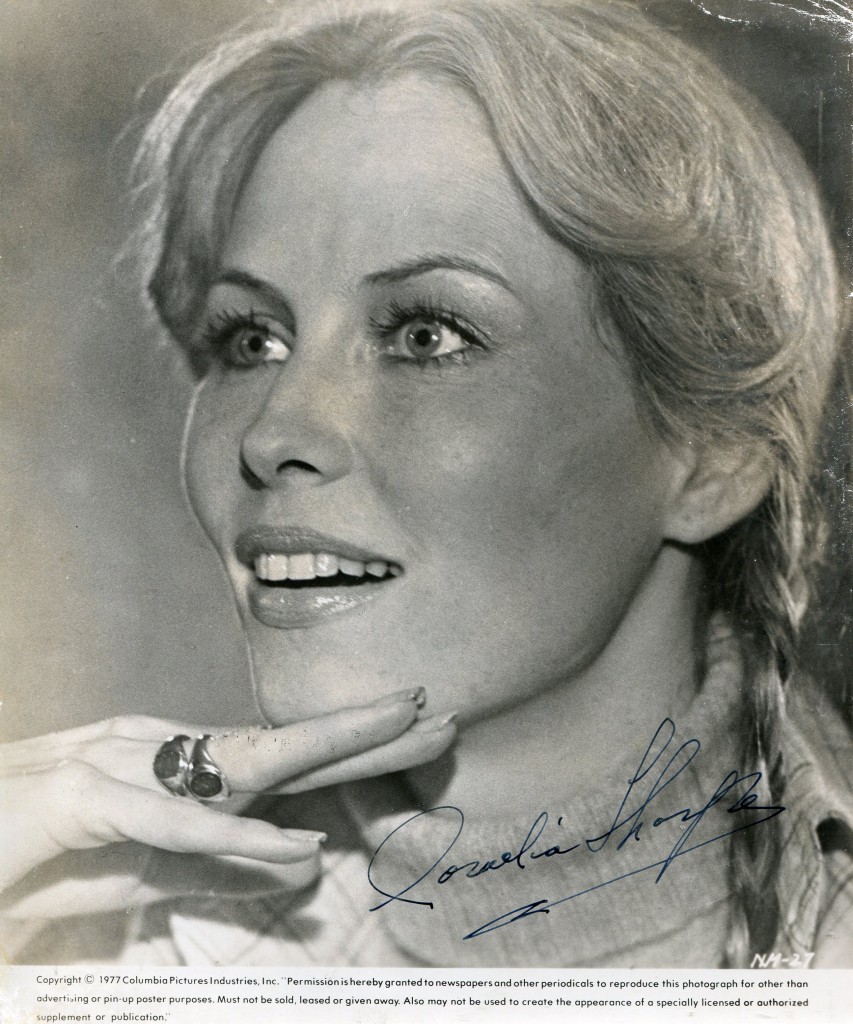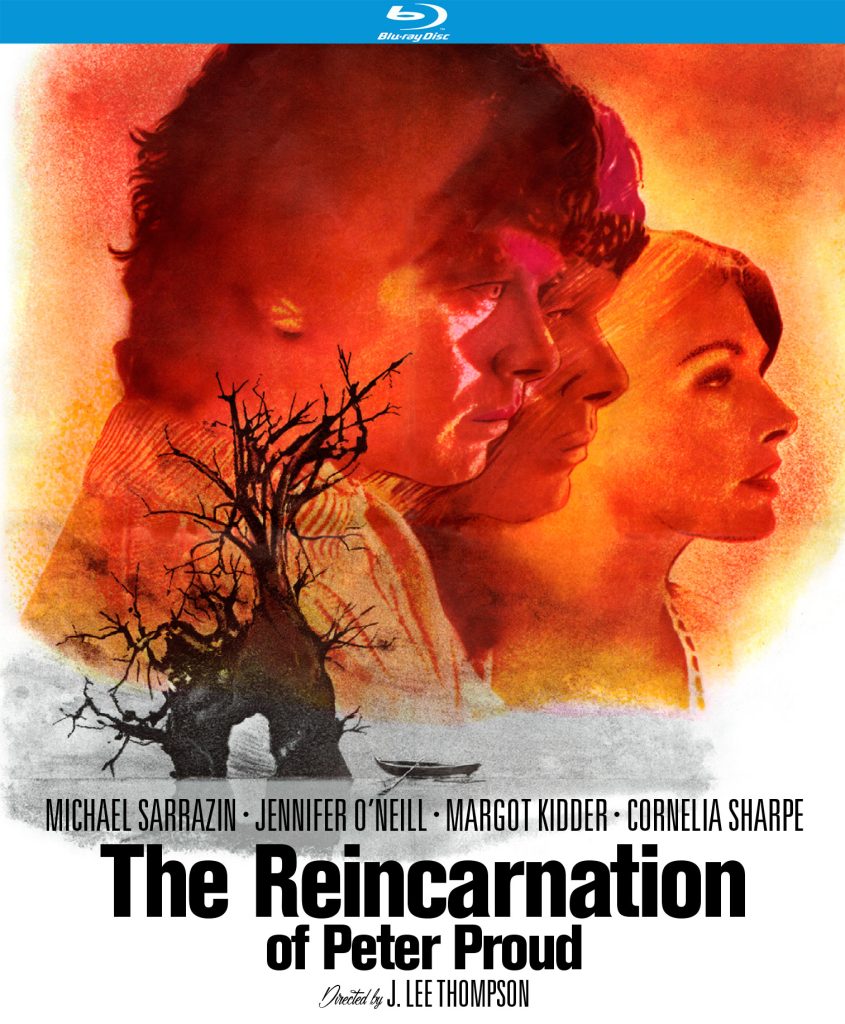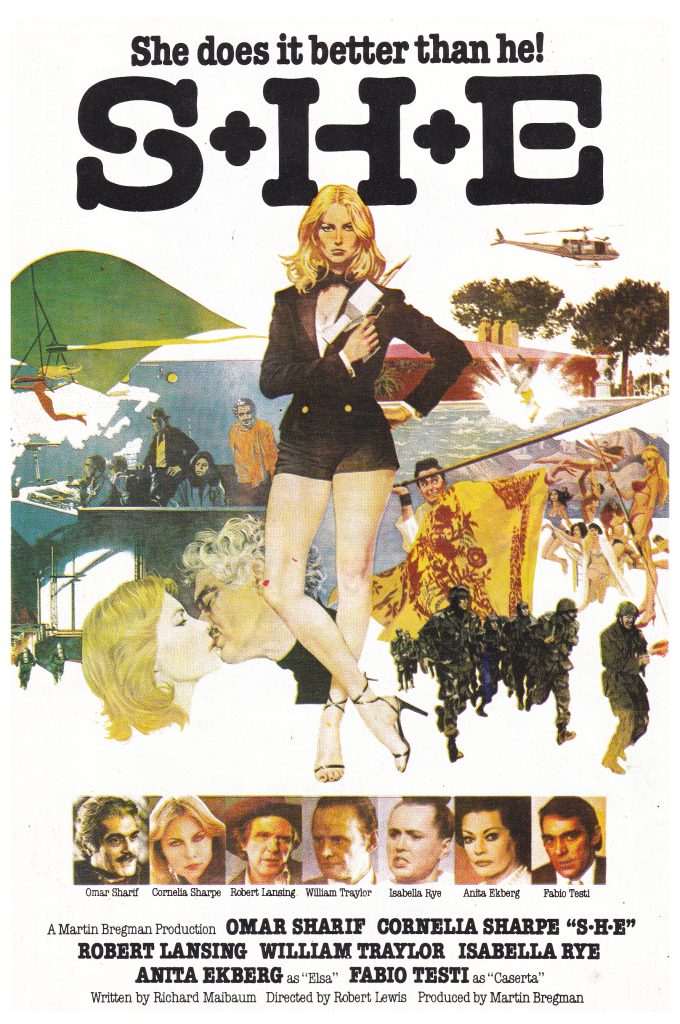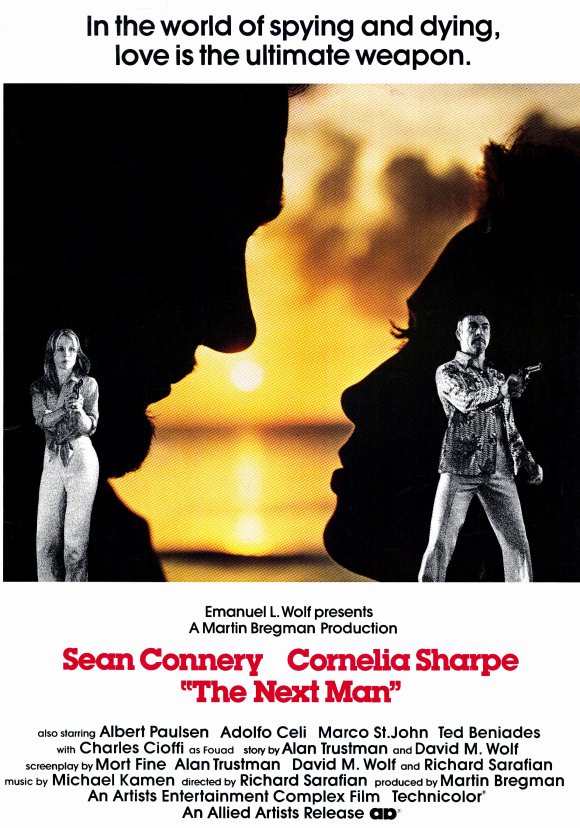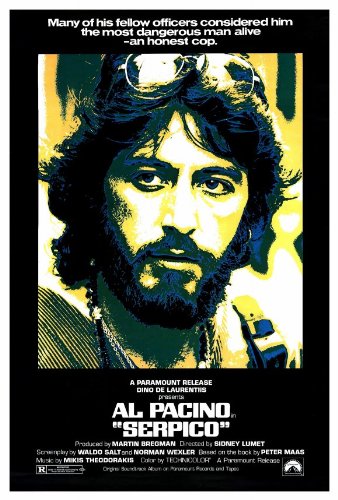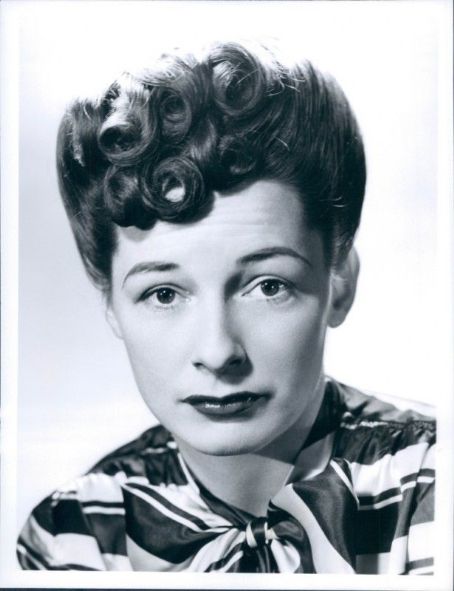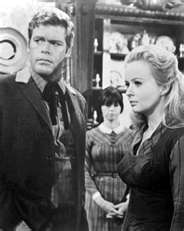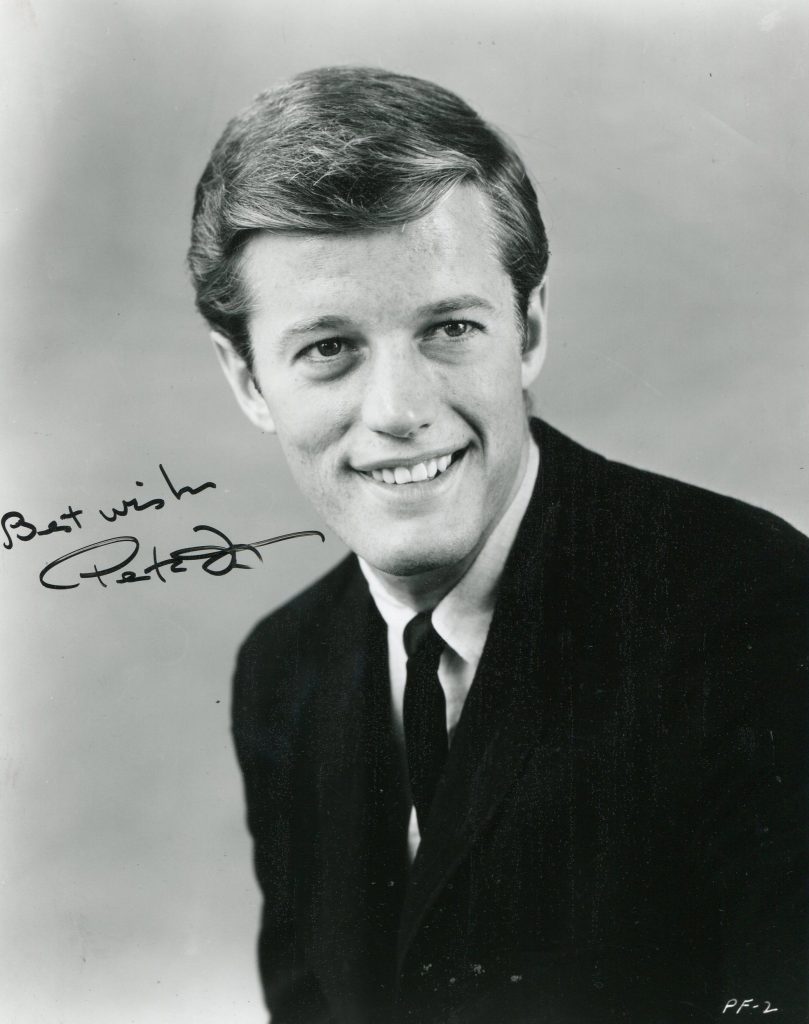
Peter Fonda obituary in “The Guardian” in 2019 by Ronald Bergan
The reputation of Peter Fonda as an actor could never match that of his father, Henry, or his older sister, Jane. Even taken on its own terms, his career was alarmingly erratic. Its peak was probably reached when Fonda, who has died aged 79 of lung cancer, played Captain America in the 1969 road movie Easy Rider, although he took everyone by surprise when, after years in the cinematic wilderness, he gave the best performance of his career (and gained an Oscar nomination) for Ulee’s Gold (1997).
Like his sister, Peter had a troubled childhood. In his 1998 memoir, Don’t Tell Dad, he chronicled his difficult, distant relationship with his famous father. Describing Henry’s role in John Ford’s Fort Apache (1948) as “an unsmiling, bitter, strict hard-ass,” he added, “When people ask me what it was like growing up as Henry Fonda’s son, I ask them if they have seen Fort Apache.”
Born in New York, he and Jane were sent to live with an aunt and uncle in Nebraska following the suicide of their mother, Frances Ford Seymour, in 1950, when Peter was 10. On his 11th birthday, he accidentally shot himself in the stomach and nearly died. Years later, he told John Lennon, during an LSD session, that “I know what it’s like to be dead”, a phrase which ended up becoming part of the lyrics for the Beatles’ song She Said, She Said.
Fonda decided at an early age that he wanted to become an actor, and after studying at the University of Nebraska in Omaha, his father’s hometown, he began performing in the local theatre. His first success was as the lead in Harvey, about an alcoholic who believes he sees a giant rabbit. He made his Broadway debut in 1961 in Blood, Sweat and Stanley Poole, an army comedy for which he won a Theatre World award for best actor.
Although being his father’s son became as much of a blessing as a curse, initially it was no drawback. The rangy, goodlooking Fonda, who had something of the laidback, physical grace of his father, made a pleasant enough Hollywood debut in 1963 as the romantic lead, opposite the vibrant teen star Sandra Dee, in Tammy and the Doctor (1963). In the same year, in Carl Foreman’s almost three-hour second world war drama The Victors, which follows a squad of American soldiers in Europe, Fonda is a new recruit who has to watch meekly as some nasty GIs have themselves a little fun testing their prowess as marksmen on a small dog he has adopted.Advertisement
But it was in his third feature, Lilith (1964), Robert Rossen’s strange and intelligent study of schizophrenia, in which he played a vulnerable, bookish, love-stricken mental health patient who veers between violent outbursts and extreme calm, that he first had the chance to prove that there was another Fonda around to be reckoned with.
In 1966, The Wild Angels provided a complete change of image for the young star. In a time of counterculture, when standard Hollywood output was found wanting, Fonda turned away from his father’s sphere of influence by going to Roger Corman’s independent setup for this hit biker picture. Fonda starred as Heavenly Blues, a sulky, long-haired, leather-clad Hell’s Angels leader, who announces: “We wanna be free! We wanna be free to do what we wanna do. We wanna be free to ride. We wanna be free to ride our machines without being hassled by the man! … And we wanna get loaded. And we wanna have a good time. And that’s what we are gonna do…” (The line was sampled at the start of the 1990 Primal Scream hit Loaded). At the end, when the cops come to arrest some of the gang, his girlfriend (Nancy Sinatra) begs him to leave. He replies, “There’s nowhere to go.”

However, at that stage, Fonda knew where he was going. Following the success of Wild Angels, Fonda starred in Corman’s The Trip (1967), shot, according to the posters, in “psychedelic colour”. He plays a confused TV commercial director who takes his first “trip” on LSD, and experiences visions of sex, death, strobe lights, dancing girls, witches, hooded riders and a torture chamber. The Trip, which was written by Jack Nicholson, also featured Dennis Hopper as an acidhead.
It was during a publicity tour for The Trip, after smoking some grass and drinking some beer in his Toronto hotel room, that he claimed, “I understood immediately just what kind of motorcycle, sex, and drug movie I should make next.” Fonda and Hopper then conceived, wrote (with Terry Southern, the three gaining an Oscar nomination), raised the finance for, and starred in Easy Rider. Hopper’s first feature as director, and Fonda’s as producer, was made for $400,000, and took more than $16m at the box office, which rose to more than $60m worldwide in the next three years.
The counterculture hit followed two hippies (Hopper and Fonda), who hit the road on motorcycles “in search of the real America” but instead find hostility from small-town bigots. The odyssey ends when the two are shot down by a truck driver who despises their iconoclastic lifestyle. Stupidity, corruption and violence are set against the potential freedom of America that Fonda and Hopper represent. Tall, thin and cool in black leathers and shades, and wearing a jacket which bore a large American flag across the back, Fonda’s Captain America became an icon of martyrdom.
From then on, Fonda’s career took an uncertain turn, lurching from one Easy Rider rip-off to another. In Dirty Mary Crazy Larry (1974), he is on the lam in a souped-up car after stealing cash from a supermarket. The film provided plenty of high-speed chases and crashes, as did Race With the Devil (1975), in which Fonda flees after coming across satanic rituals in Texas.
One exception was Spirits of the Dead (1968), three episodes based on the macabre stories of Edgar Allan Poe. In the one episode directed by Roger Vadim, a frisson was caused by the casting of Fonda as the lover of a character played by his sister Jane (Vadim’s wife at the time).
Fonda had three tries at directing features, the first being The Hired Hand (1971), a slow, hippy western, which has a masochistic death-of-the-hero ending popularised by Easy Rider. The director himself starred as a cowboy drifter, but he remained off camera for his second feature, Idaho Transfer (1973). A dirt-cheap time-travel movie set in 2027, it is redolent of the early 1970s.
Fonda returned to show his face again in Wanda Nevada (1979), in which he and a 13-year-old orphan (Brooke Shields) go prospecting for gold. One of the few interesting aspects of the film is that it was the only time Peter and Henry Fonda appeared together on screen, the latter in a cameo role of a loony, grizzled prospector.
From the early 80s to the mid-90s, Fonda’s lifestyle left him virtually unemployable in mainstream films. He picked up a few reasonable parts, but his cool laidback style now looked simply cold and bored. Whether out of choice or necessity, he continued to work in independent low-budget productions, often for a drive-in circuit that hardly existed any more.
But in 1997, Fonda starred in Ulee’s Gold, a low-key drama in which he played a Vietnam-vet beekeeper in Florida, whose quiet life is disturbed by villains. According to Janet Maslin in the New York Times: “This film calls for deep reserves of backbone from its terse hero, and Fonda supplies them with supreme dignity and grace.” However, Fonda could never win. According to the San Francisco Chronicle, “Had he made such a film during Henry Fonda’s life, it would have been about as welcome as Frank Sinatra Jr singing My Way. But time has passed … We look at the screen and there’s Peter, wearing little round glasses and doing a Henry gesture: he looks up, winces a little, smiles a little, and looks shy, dignified and quiet. That’s when we realise we’ve been missing Henry Fonda all this time and just didn’t know it.”Advertisement
Ulee’s Gold all but buried the emblematic hippy rebel, resurrecting him as a man of sobriety and responsibility. However, there was still nostalgia in Steven Soderbergh’s The Limey (1999), in which Fonda portrayed a wealthy, super-sleek record producer whom Terence Stamp (another 60s icon) believes had a hand in killing his daughter. This nostalgia is underscored by Fonda saying: “Did you ever dream about a place you never really recall being to before? A place that maybe only exists in your imagination? Some place far away, half-remembered when you wake up. When you were there, though, you knew the language. You knew your way around. That was the 60s.”
Thereafter Fonda seemed content to slip down the credits in supporting roles in dispensable movies. Some of his better late roles were as an orange-eyed Mephistopheles who makes a Faustian deal with a motorcycle stuntman (Nicolas Cage) in Ghost Rider, and as an unscrupulous bounty hunter in 3:10 to Yuma (both 2007).
Fonda made appearances in several horror movies, among them The Harvest, as a well-meaning grandfather, and House of Bodies (both 2013), as a serial killer. In The Runner (2015), a political drama about the BP Deepwater Horizon oil spill – a subject close to Fonda’s heart – he played an ex-politician whose career was ruined by booze. Unfortunately, in one of his better movies, the old-fashioned western The Ballad of Lefty Brown (2017), Fonda doesn’t survive very long.
He is survived by his third wife, Parky (Margaret) DeVogelaere, whom he married in 2011, and by his children, Bridget, an actor until her retirement in 2002, and Justin, from his first marriage, to Susan Brewer.
• Peter Henry Fonda, actor, born 23 February 1940; died 16 August 2019
























































